Nikon Coolpix L100 Review
Nikon Coolpix L100
Nikon’s new easy-to-use compact super-zoom

Verdict
Key Specifications
- Review Price: £230.00
Super-zoom cameras are often also referred to as bridge cameras, because traditionally they have occupied a position between the everyday consumer territory of compact cameras and the more exotic land of the digital SLRs. Most of them have optional manual exposure, multiple metering and autofocus options and other advanced features, which can make them a bit of a daunting prospect for anyone who doesn’t know the difference between aperture and shutter speed. The majority of the camera-buying public just want a camera that they can point and click, and be assured of getting a good picture in most situations, without having to fiddle around selecting the right shooting mode or worrying about the ISO setting.
Unfortunately this has meant that most consumers have been restricted to 3x zoom compacts, but now Nikon has produced a super-zoom camera with the simple controls of a point-and-click compact. It’s called the Coolpix L100, and I’m taking a look at it today.
The L100 doesn’t have many direct rivals, but there are other baby super-zooms which are a lot cheaper than its £230 retail price, including the Fuji FinePix S2000HD (£150) and even cheaper still the Kodak Z8612 IS (£110). Both of these models include a range of manual options and advanced controls.
At first glance the L100 is not a particularly impressive-looking camera. It is small for a super-zoom, measuring 110 x 72 x 78 mm, and looks even smaller due to the lack of the usual viewfinder turret sported by most bridge cameras. However when loaded up with four AA batteries it is surprisingly heavy for its size, weighing approximately 455g ready-to-shoot. On picking it up it immediately feels like a quality camera, and closer examination reveals Nikon’s usual excellent build quality and finish, with tight fit lines between panels and solidly mounted controls. The battery/card hatch has a locking catch and the tripod bush is made of metal.
The shape of the body is similar to most other super-zoom cameras, with a prominent handgrip and large lens barrel. The grip is quite wide, to accommodate the batteries, but due to the size of the camera it is rather short, and there’s not a huge amount of room between the grip and the lens barrel. Nonetheless the camera is comfortable to hold, and the rubber coating on the grip and the textured thumbgrip on the back make it secure and easy to hold steady with one hand.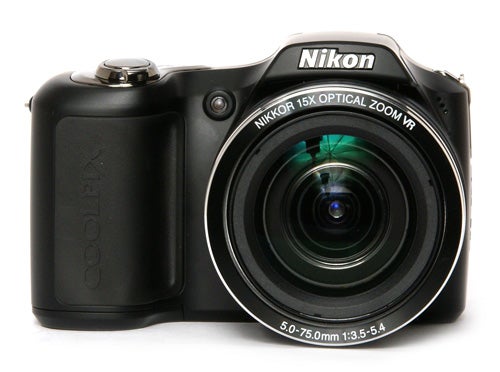
The L100 has no viewfinder, but it does have a very good three-inch LCD monitor, with a resolution of 230k dots and a good anti-reflective coating. It’s sharp, bright, and works well outdoors in bright sunlight, and it even has a good viewing angle all round, except from below. If you hold the camera above your head, as you might to shoot over a crowd, the viewfinder image virtually disappears.
Like all super-zoom cameras the most obvious feature is the lens. The L100 follows the recent trend to include wide-angle capabilities, and has a 15x zoom equivalent to 28-420mm, with a maximum aperture of f/3.5-5.4. Many recent super-zoom cameras, including Nikon’s own Coolpix P90 (review coming soon) have optical zoom of well over 20x, but these are only really useful when used with a tripod. For a camera designed primarily for hand-held use 15x is about the practical limit. The L100 features sensor-shift vibration reduction to reduce movement blur at longer zoom settings.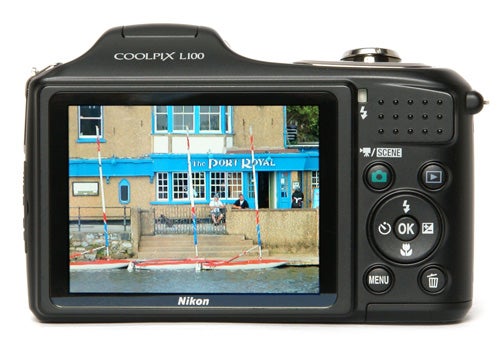
The L100 is a very simple camera. It has the same shooting modes and menu system as the Coolpix L20 point-and-shoot compact, and is just as easy to use. Virtually all camera functions are automatic, with the extent of manual control limited to image size, white balance (although this defaults to Auto), drive mode and a very short list of colour options (vivid, black and white, sepia or cyanotype). Even these options are disabled in Easy Auto mode, in which only image size is adjustable.
There are no manual exposure options apart from the usual exposure compensation of +/-2EV, and there are no focusing mode options apart from toggling macro mode on and off. The surprisingly powerful flip-up flash has five modes, including red-eye reduction, forced flash and night portrait mode, making it the most complicated feature on the camera.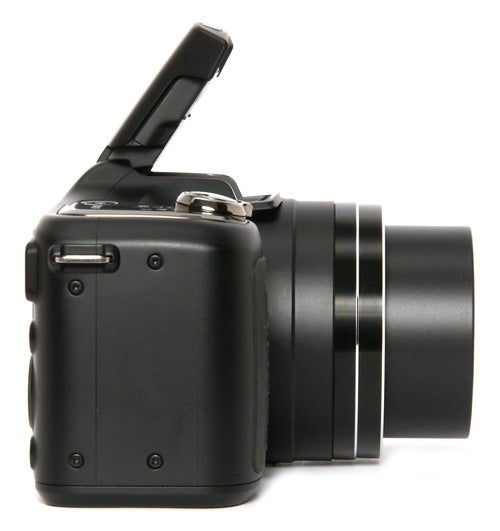
Apart from the Auto and Easy Auto modes, the L100 has a Scene mode with 14 scene programs including panorama stitching and backlight compensation, a movie mode capable of shooting 25-minute clips in VGA resolution at 30fps with mono audio, and a special mode with three additional features. It has a Sport Continuous mode, which restricts the image size to three megapixels but can shoot 30 frames at up to 13fps, a Smile Shutter mode which uses face detection to trigger the camera when the subject smiles, and a High ISO mode which also restricts image size to three megapixels but sets the up to 3200 ISO.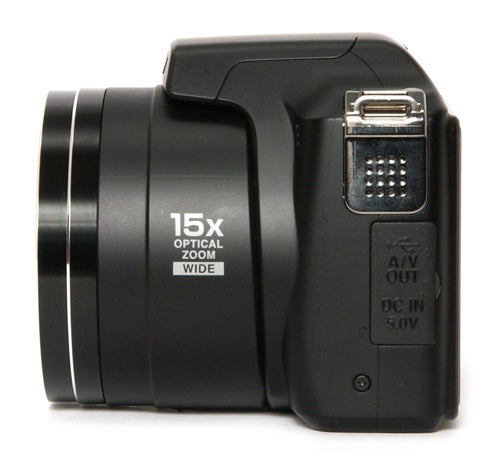
You might think that having such a limited range of features and options would prove restricting, and to a certain extent it does, but there is a certain Spartan appeal to the L100’s simplicity, and there’s no denying that it is ridiculously easy to use. Not having to worry about details like ISO setting, metering, focus point, shutter speed or depth of field – since you can’t adjust them anyway – means you have to just trust the automation and concentrate on composing your picture, and the excellent zoom range and responsive control gives it a huge amount of versatility in this respect. It is a nice camera to use, and soon grows on you.
In terms of performance the L100 isn’t exactly sparkling, but it’s not too bad either. It starts up in a little under three seconds, and shuts down again in about two and a half seconds. In single-shot mode and maximum image quality it can shoot once every 1.5 seconds for three frames, but then it slows down to about a shot every three seconds. In continuous shooting mode it shoots at about 1.5 seconds per frame, but it’s hard to judge accurately because there is no audio cue to let you know when it’s actually taking a picture.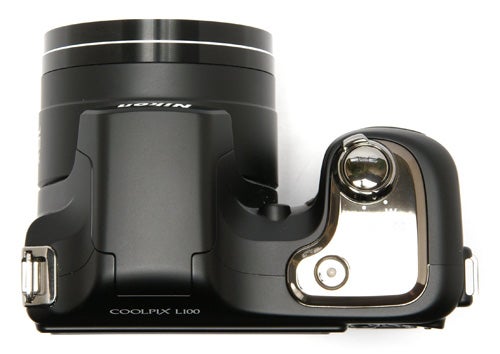
Not so long ago Nikon was having some problems with the autofocus on its zoom cameras, but thankfully those days are long gone, and the AF system on the L100 is much better. It’s not the fastest in the world, but it’s quick enough and doesn’t slow down too much at longer zoom settings. It is of course at its best in good light, but its low light performance isn’t bad either. The only weak point is the AF assist lamp, which is a bit weedy and only has a useful range of about 1.5m.
The best news is the image quality, which is very good under almost all circumstances. Not too surprisingly the results are pretty much identical to the Coolpix L20, which means that exposure and focusing are pretty much perfect all the time. However it also means that colour rendition in standard mode is distinctly over-saturated, and Vivid mode is eye-searingly lurid. Bright reds and yellows tend to appear as featureless blobs of colour with no detail.
The lens quality is very good, with excellent edge-to-edge sharpness at all focal lengths, and what little barrel distortion it does produce is corrected automatically in camera. It does suffer from a bit of chromatic aberration towards the edges of the frame, but I’ve certainly seen a lot worse. The overall level of detail is very good, and with file sizes of around 4.3MB they’re not over compressed, but nonetheless images have a distinctly over-processed look.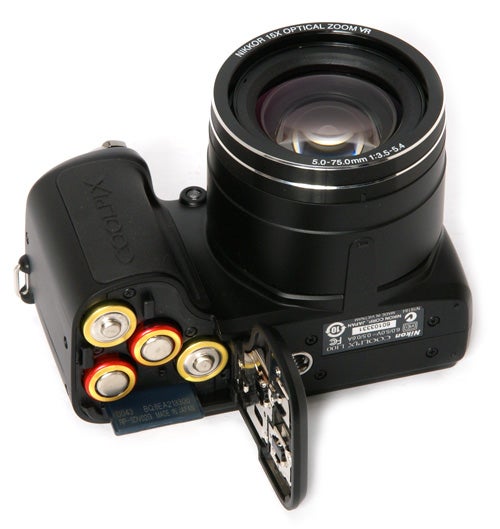
One difficulty is assessing image noise. The L100 has no manual ISO control, and it seems that its automatic setting can be any value between 80 and 1600, however when I was able to convince it to shoot at 400 ISO it produced nice clean pictures with very little image noise. The high-ISO setting at three megapixels is a bit ropey, but then that setting would only be used under extreme circumstances anyway. All in all the L100 produces good quality pictures with a minimum of fuss.
”’Verdict”’
The Nikon Coolpix L100 is a virtually unique camera combining the simplicity of a fully automatic point and shoot compact with the big wide-angle 15x zoom lens and image stabilisation of an advanced super-zoom camera. It is well made, sensibly designed, small enough to be readily portable, and takes very good snapshot pictures in almost all situations. It is a bit expensive compared to some possible rivals, but it is a very likeable little camera.
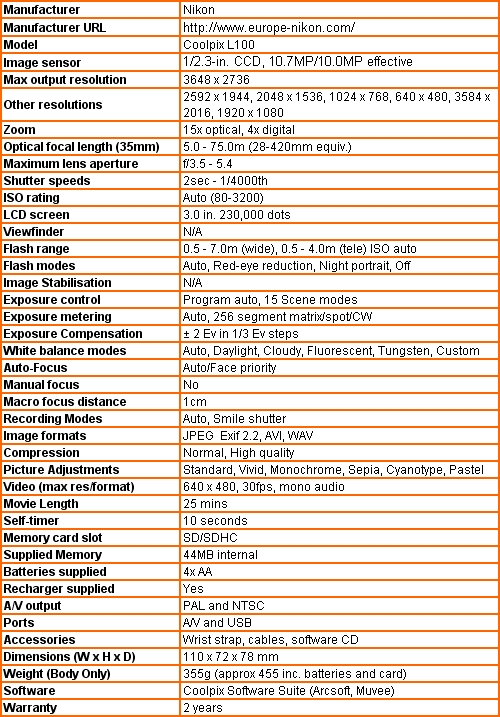
”Over the next few pages we show a range of test shots. On this page the full size image at the minimum and maximum ISO settings have been reduced to let you see the full image, and a series of full resolution crops have taken from original images at a range of ISO settings to show the overall image quality. These ISO test images are shot indoors using reflected natural light for maximum consistency. ”
—-
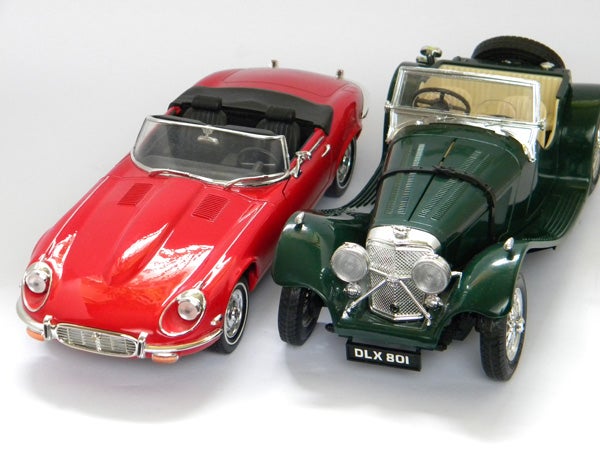
This is the full frame at 400 ISO. All the test shots on the other pages were shot at 80 ISO.
—-
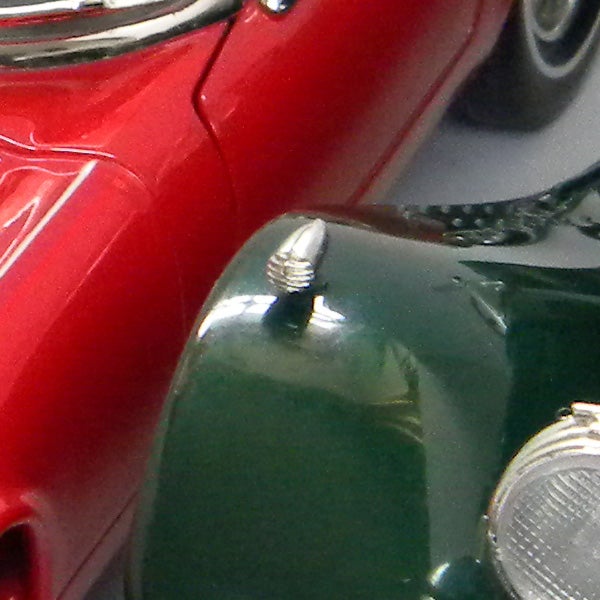
At 400 ISO the image is clean and sharp with minimal image noise.
—-
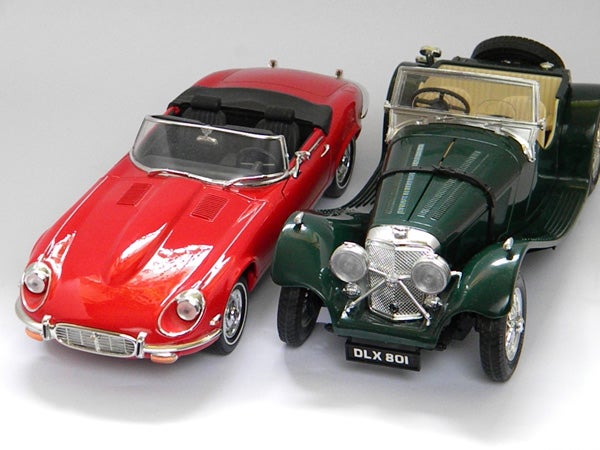
This is the full frame at 938 ISO. The High-ISO setting can go up to 3200 ISO, but is limited to 3MP.
—-
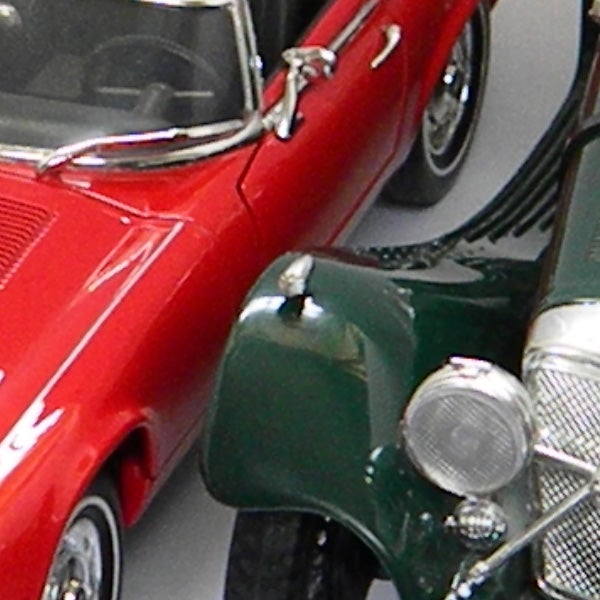
Image quality looks a bit like a phone camera at this setting.
—-
”A range of general test shots are shown over the next two pages. In some cases, the full size image has been reduced for bandwidth purposes, and a crop taken from the original full resolution image has been placed below it to show the overall image quality. Some other pictures may be clicked to view the original full-size image. ”
—-
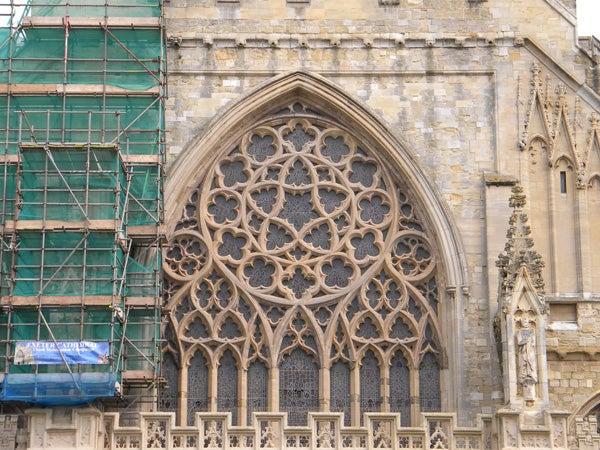
Here’s the usual detail test shot of the West Window of Exeter Cathedral, for you to compare with other cameras. See below for a full res crop, or click to see the whole picture.
—-
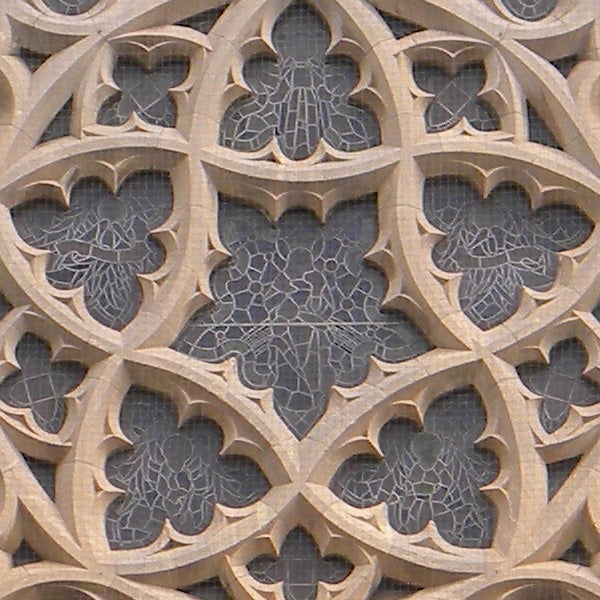
Although the level of detail is good, the image looks over-processed, with some slight artefacting.
—-
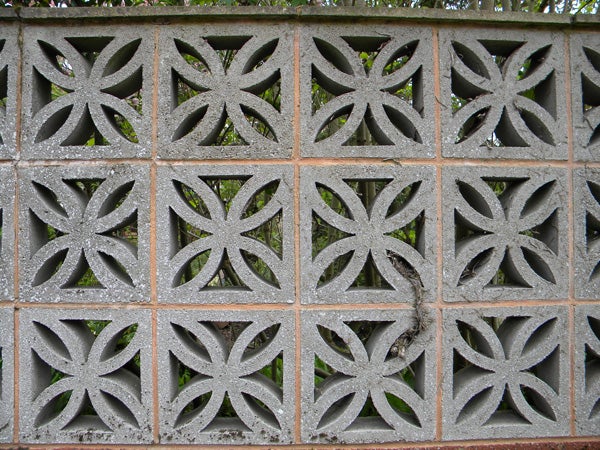
With distortion control turned off there is some barrel distortion at wide angle.
—-
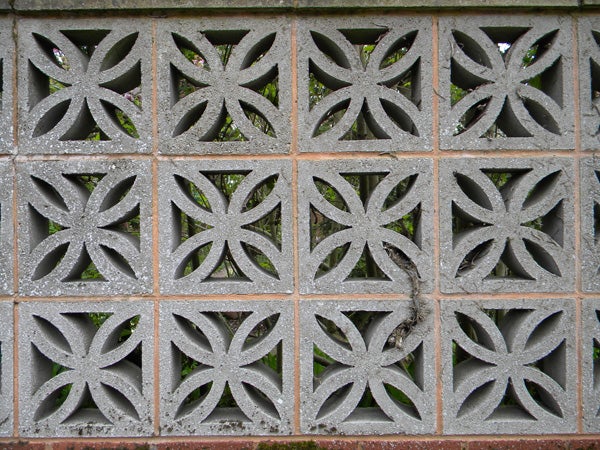
Same shot with distortion control on.
—-
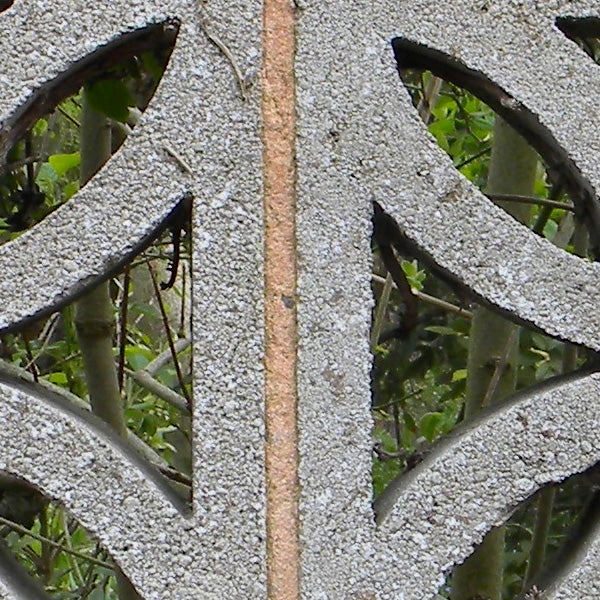
Centre sharpness is good…
—-
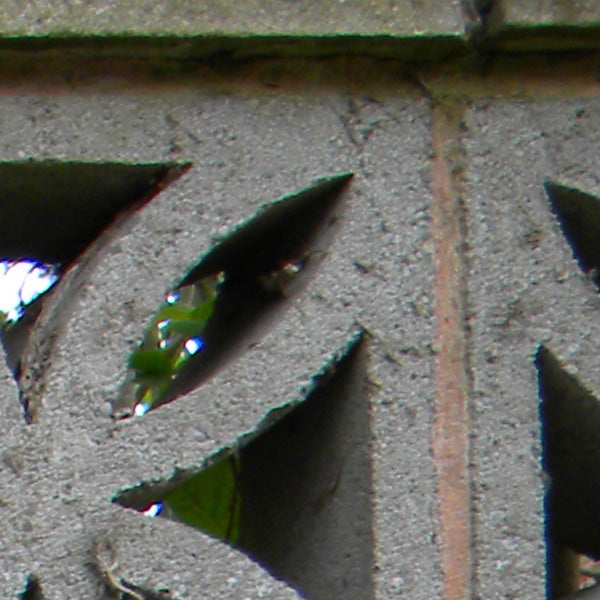
…and corner sharpness isn’t too bad, although there is some chromatic aberration.
—-
”Here are some general test shots to help evaluate the camera’s overall image quality, including dynamic range, colour rendition and the zoom range of the lens. Some pictures may be clicked to download the full size original image. ”
—-
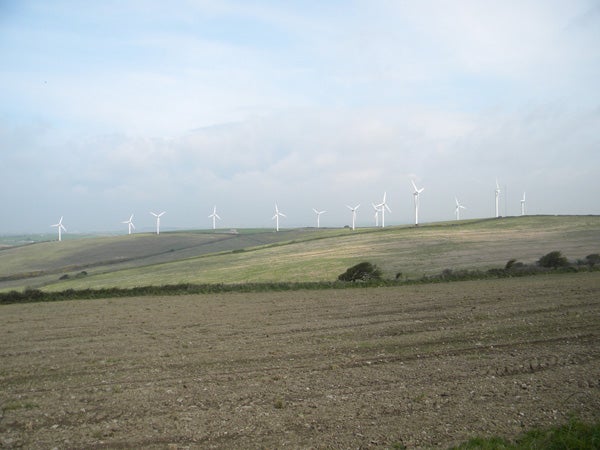
The 28mm-equivalent wide-angle end is good for panoramic landscapes.
—-
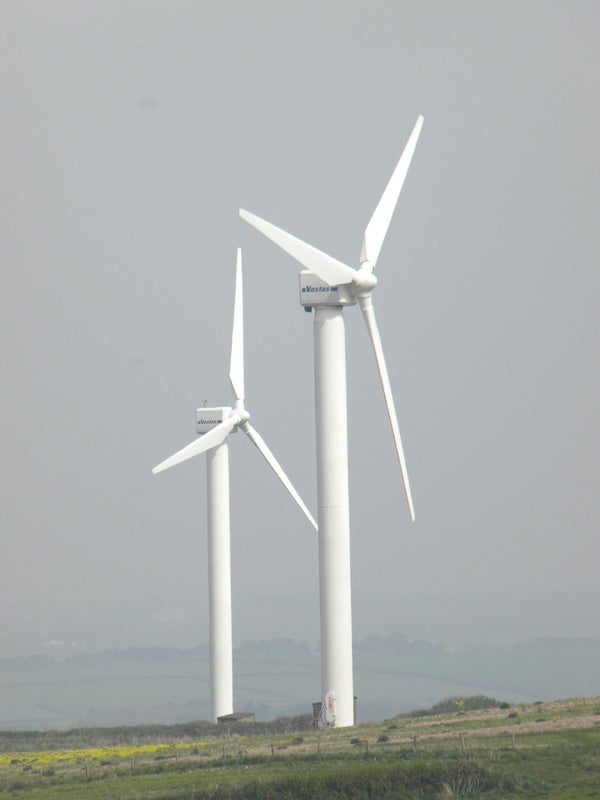
Taken from the same spot as above at full zoom, equivalent to 420mm. The dark spots appear to be dirt on the sensor of my brand-new review sample, which is a bit worrying.
—-
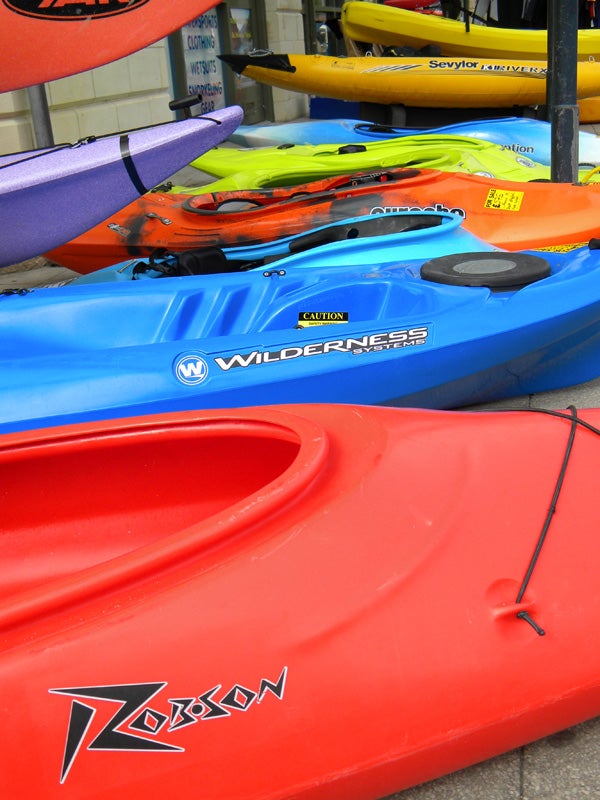
Colour reproduction is a bit too vivid, even in standard mode.
—-
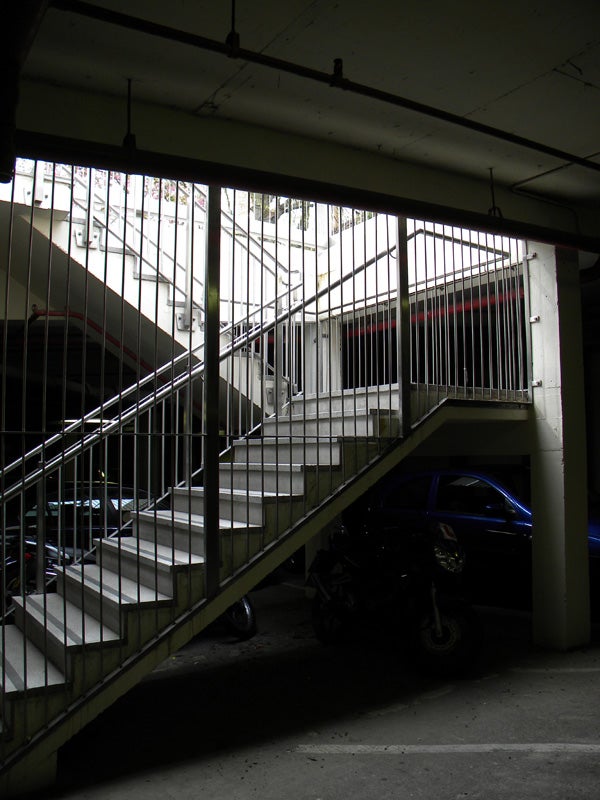
Dynamic range could be a lot better.
—-
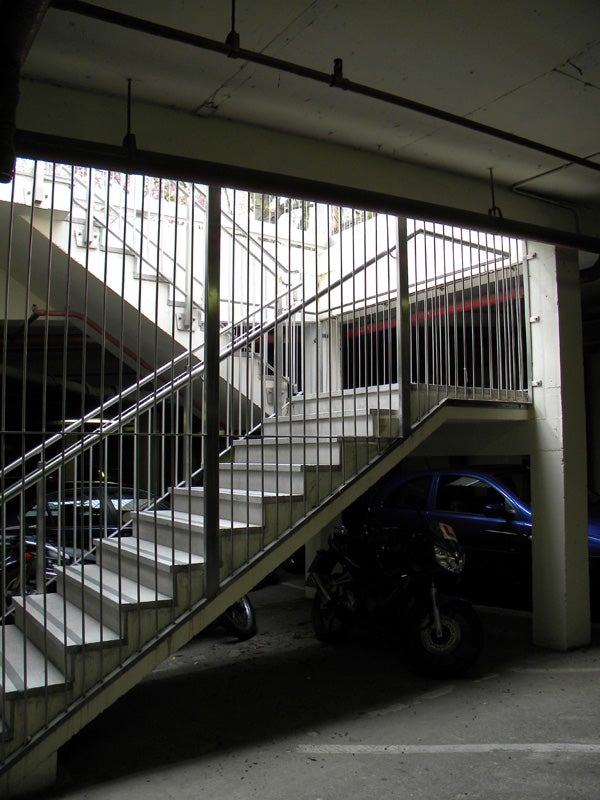
The D-Lighting feature, applied in playback mode, helps a bit, but not much.
—-
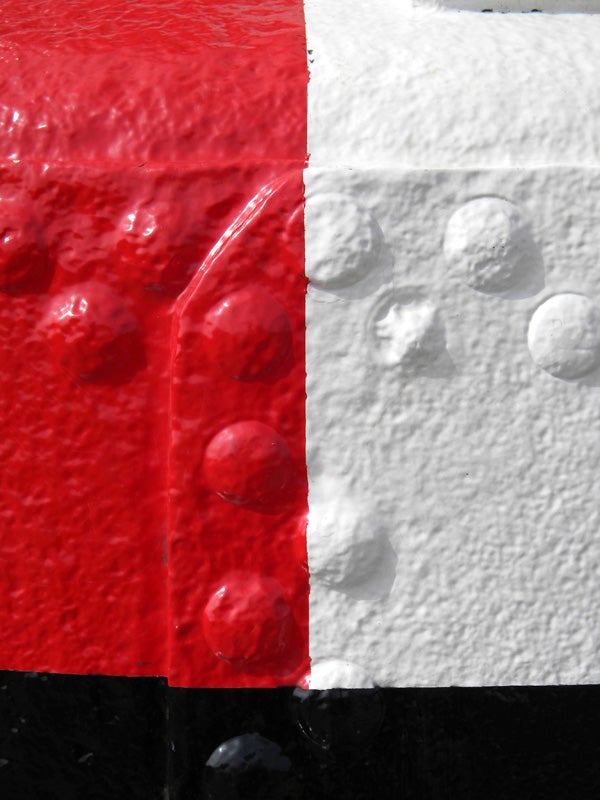
The L100 has its limitations, but it can turn in some good results.
—-
Trusted Score
Score in detail
-
Value 8
-
Image Quality 8
-
Build Quality 9
Features
| Camera type | Super Zoom |
| Megapixels (Megapixel) | 10 Megapixel |
| Optical Zoom (Times) | 15x |
| Image Sensor | CCD |
| Image Stabilisation | Optical |
| LCD Monitor | 3 in |
| Flash modes | Built-in Flash |
| Video (max res/format) | 640 x 480 |
| Memory card slot | Secure Digital (SD) Card, Secure Digital High Capacity (SDHC) Card, MultiMediaCard (MMC) |

